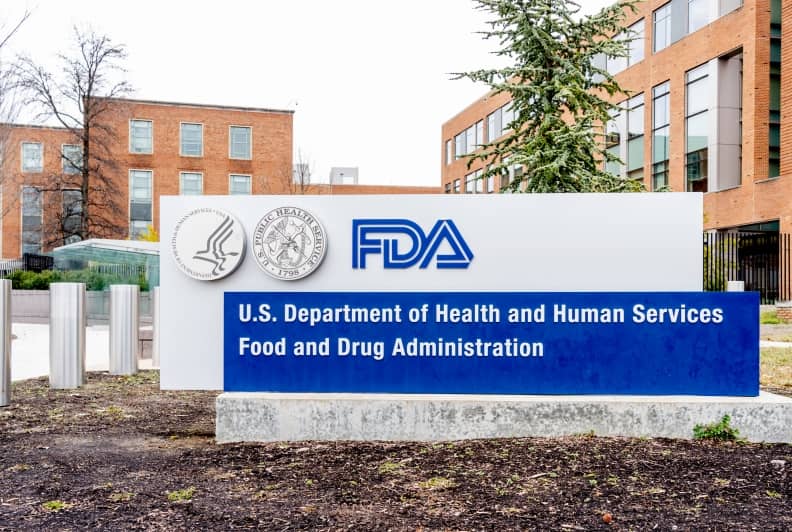
“Form 483 Inspectional Observations.”
The phrase alone is enough to put a chill in your heart.
Whether you are an emerging startup, an outsourcing facility, or an established Pharma organization, maintaining Food and Drug Administration (FDA) compliance is essential to your business operations. Downtime of any sort could derail your business and potentially harm patients.
The heart of compliance, after all, is making sure that your cleanroom facility remains safe for your workers – and that the therapeutics they produce remain safe for patients.
Form 483 is the tool FDA Office of Regulatory Affairs (ORA) inspectors use to report compliance issues. Receiving one regarding your cleanroom facility means that something has gone wrong—either a worker was witnessed doing something unsafe or the facility itself was in disrepair.
Common Form 483 Violations for Cleanrooms
At AES Clean Technology, Our Faciliflex line of cleanrooms, Faciliflex Module and Faciliflex Express, are guaranteed compliant at the point of installation, so routine inspection and maintenance will likely keep a Form 483 out of your inbox for years to come.
A quick perusal of the ORA’s Freedom of Information Act (FOIA) Reading Room offers numerous examples of how a well-designed cleanroom itself can act as an insurance policy.
![]()
Particulate Count or Positive/Negative Airflow Errors
When combined with a well-designed process workflow, your cleanroom’s mechanical system can prevent many of the typical cross-contamination violations listed in the FOIA Reading Room.
AES Clean Technology entered the cleanroom field by virtue of our firm’s mechanical engineering expertise, and mechanical systems remain the “heart, lungs, and brains” of our Faciliflex offerings. Our systems are guaranteed to work as designed from the start, and our modular cleanroom installation ensures a simplicity of maintenance that will keep your cleanroom humming through every inspection.
Facility Disrepair
Peeling paint is enough to get you a 483 citation, which makes sense considering that paint chips can add to the particulate load in your facility. AES Faciliflex modular cleanroom walls are uPVC coated and do not require painting—ever. They will look good for as long as the facility is operating, and they will never fade, crack, or peel. Moreover, drywall construction can lead to a host of ongoing repair concerns that might interfere with your long-term cleanroom compliance.
Surface Cleaning
Visible dirt and other contaminants are a frequent theme in the 483 database. The uPVC coatings of AES Faciliflex modular walls can hold up to even the harshest chemical cleaners.
Process Failure
Of course, the vast majority of entries in the FOIA Reading Room are due to process failures. While an AES Faciliflex cleanroom itself can’t prevent a process failure, a well-designed workflow will help greatly reduce the likelihood of workplace errors. In many cases, the physical workflow of your cleanroom can be as important as the airflow in keeping your cleanroom in operation.
The AES Compass program can help you design a custom physical cleanroom layout that ensures the human element works to maximum efficiency—and safety—within the cleanroom.
The Secret to Avoiding 483 Violations
- The real secret to passing inspections and avoiding 483 Forms is by baking compliance into your cleanroom plans from the outset.
- Choose a modular cleanroom system that is built from decades of experience in cleanroom operations.
- Choose a system that innovates cleanroom materials that simplify maintenance.
- Choose to work with engineers and designers that optimize your cleanroom manufacturing processes.
- Choose Faciliflex.
